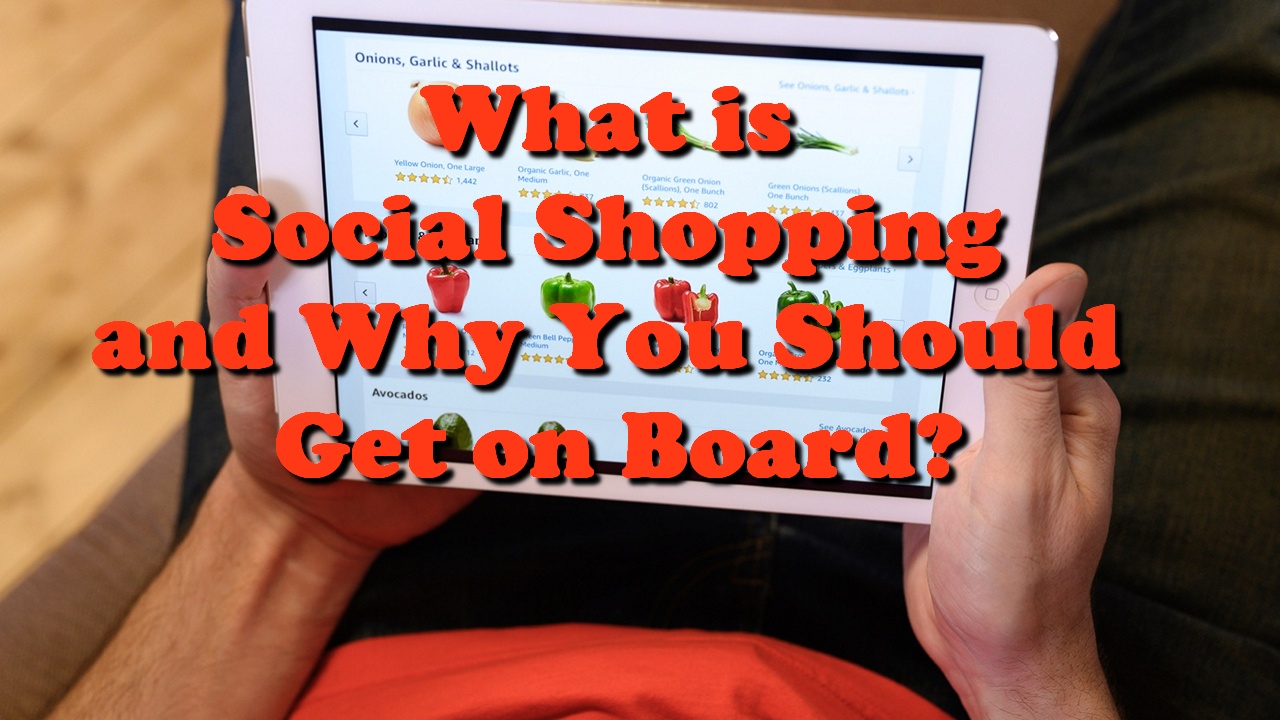In an environment whereby 90% of Instagram users pursue company profiles, and 93% of customers suggest online sources affect their buying decisions, marketers cannot continue to disregard this merger.
In this article, we’re going to delve into the definition of social shopping: what it is, why you would take care of it, or how to do it.
Let’s get started now.
Social Shopping

Social shopping is an intersection of social media along with e-commerce. Although there are sites dedicated to this activity, these websites are not social shopping in or out of themselves. Social shopping is the process of utilizing social media to look for product feedback and suggestions (either item you’re specifically looking for or ones you happen to encounter) and then use these recommendations to direct your purchasing decision.
Some examples of social shopping websites include:
- Open Sky
- Fab
- Polyvore
- Wanelo

Although these platforms can affect the company (many of them encourage users to incorporate your products), social shopping is more significant. This is a combination of social media and retail elements. People keep questioning the brand on social media platforms. They’re always contrasting the goods and responding to peer suggestions about what to purchase. You don’t have any feedback in the conversation if you’re not present there. People listen to their friends before they buy something, and half of them can purchase excellent products. These figures can only rise. Social shopping succeeds since it positions power within the consumer’s hands, but that’s just what they expect. Customers are now becoming more knowledgeable as the Internet allows us free reach to relevant data. It’s not extremely difficult to get involved in group shopping. If you are present on social media, it’s just an act of tapping into discussions regarding your brand and contacting your supporters.
https://www.youtube.com/watch?v=-5bKrR-5D44
Another of the easiest and safest ways to engage in consumer interactions is to offer help via social networks. Facebook live chat is perhaps the most apparent option, but still, even large organizations are considering is to test totally different Twitter account only to cope with support problems. Over 5 billion mobile device users but almost 3 billion tablet users globally were registered in 2018. Within 15 minutes after waking up, 80 percent of these people grab their mobile. As per Google, 85 percent of internet users make purchases on a computer besides wherever they began. We are currently in an age where people will start looking for items on their computer and then take them to their phones. Such people, continuously on their screens, use social media as well. Social has now become an essential part of daily life – it’s a significant risk not being in front of these individuals.
Not to include the incorporation of social shopping as well as smartphone networks. Buy buttons expand through virtually each social media site. In specific, Pinterest has been excellent at doing just that.
